yatsek - Feb 1, 2010 8:09 am - Hasn't voted
Re: *******Dzieki Romku,
Jacek aka Yatsek:-)
Dmitry Pruss - Feb 1, 2010 2:57 pm - Voted 10/10
Nice job, JacekI am bit surprised that you were able to wade into this morass of the ethnic claims and counterclaims - and to make it out alive :) I guess the SP community is a lot more forgiving to the ones who pinch other's feelings of ethnic pride and superiority? Like no Ukrainians or Serbs reprimanded you for writing that they "still" use Cyrillic alphabet LOL (BTW the very first Carpathian alphabet must have been the Moravian Glagolic, no longer used for like a millenium?)
Three more minor ethno-historical points.
Red Rus aka Galich-Volyn, a pre-Mongol Duchy on the Carpathian's North-East, with its complex dealings with both Hungarian and Polish kingdoms, before it has been annexed by Lithuania in the XIII century => must be directly connected to the modern-day Rusyns? And their Chronicles use of a word "Ugorsko" = "Hungarian" means, at a 1st glance, a nation located "near mountains"?
Southern foothills - Danube corridor was of course the steppe nomad's gateway into Pannonia and the Balkans. Of the modern people of the region, the Hungarians came that way, as well as the lesser-known Turkic-speaking Gagauz. But many others invaded along the same route. The Hunns are perhaps the most famous. The original Bulgars (Turkic-speaking ones from the Volga Basin), too. You can be sure that many waves of these migrations washed over the South Carpathians, leaving some people in the mountains.
Fate of the Germans in Transylvania - but of course they suffered the same fate all over the region, in the North too. And so did many other groups, including of course the Poles of Lwow area after WWII. What was the accepted rule of nation-building at the time has only later been condemned as the scourge of ethnic cleansing...
lcarreau - Feb 1, 2010 6:51 pm - Voted 10/10
Re: Nice job ...Welcome back, Dmitry !!! : )))
yatsek - Feb 2, 2010 3:50 am - Hasn't voted
Re: Nice job, JacekHi Dmitry,
Lovely to see you back here while you're not in your High Uintas. Well, I'm still surviving:), some of us are tougher than Moskwa can ever imagine, although most have left for the US or UK :) In seriousness, I do claim the rights to enjoy all things mountainous, to sort out fact from myth, and to share the mountains with bears. As for the Ukrainians, sadly they've got 0 SP power, which results in there being only one SP page about the NE Carpathians. (BTW AFAIK Glagolic was already dying but still in use in some monasteries around Moravia as late as C15).
1 Galich Rus is a fascinating area (may be a biased opinion:)), have a look at e.g. this hobbit city. As to the Slavs in the Carpathians, IMHO/AFAIK (both acronyms apply throughout ) it seems the 1st wave was the then-Croats or Southern Slavs, 2nd W Slavs, 3rd E Slavs. If there were any Carpathian "Rusyns" 1000 years ago, they would have been distinguishable from the others - like the modern day Rusyns - by their Orthodox religion. To see the Rusyn version of their history you can click the link embedded in the article. Lastly, "near mountains" may mean either side of the mts.
2 The Hungarians are usually said to have arrived through the passes in the NE Carpathians although they may have come through any of the gateways. Talking of ancient peoples having survived in the mts, an interesting example can be the Mots (BTW The author's statement about the "most probable and accepted theory" is just his belief). With reference to those countless, both ancient and recent arrivals in the Carpathian Basin, the genetic make-up of modern day Hungarians, Slovaks and other peoples in the area is virtually the same. What's different is usually the language or religion/culture. The Czech and Slovak languages are almost identical (see attached dictionary) but most Czechs are atheists (used to be Protestant) while most Slovaks are Catholic (and some Reformed) like their Magyar neighbours. Czechs and Slovaks seem to prefer beer whereas Hungarians and Romanians prefer wine. Where my parents were born, a child of the typical Ukrainian-Polish (surely you know this but others, like Larry of Az may feel lost - that's why this map) couple became either a Roman-Catholic Pole or Greek-Catholic (less often Orthodox) Ukrainian, depending on which sex the kid was.
3 Talking of the Germans (and Czechs, and Poles), yep, have you seen the Sudetes page?
lcarreau - Feb 2, 2010 8:35 pm - Voted 10/10
Re: Nice job, Jacek...You're right, Mister Yatsek. I feel very LOST ...
But, I very much understand the "three-letter" word you used toward the ending of paragraph number '2' above! : )))
(And yes, everybody on my mother's side of the family, i.e., the
one's who immigrated here from Czechoslovakia were Protestant.
But then, nobody's PERFECT !!! : )) )
Hey, what if I mix some wine in with my stein of Czech beer ?????
yatsek - Feb 3, 2010 4:57 am - Hasn't voted
Re: Nice job, Jacek..."three-letter" is not PC, you should know better - I guess you mean you're a pre-schooler. As for wine & Czech beer, your close (as seen from across the Pond) neighbour and expert is Liba.
EricChu - Feb 1, 2010 6:03 pm - Voted 10/10
Congratulations, Yatsek!!This is really a fascinating article you wrote!
Some friends of mine are germans originating from the Banat. They told me that the largest part of german settlers came from the part of Swabia, or Schwaben, surrounding the city of Ulm, which is also on the banks of the Danube. From someone else I heard that most of the Transsilvanian saxons - or Siebenbürger Sachsen - originate from what is nowadays Luxemburg. Is this something you would confirm?
Cheers and again thanks for posting this article upon what I consider a not only interesting, but also vital topic,
Eric
peterbud - Feb 2, 2010 2:13 am - Voted 10/10
Re: Congratulations, Yatsek!!Yes, most of the Siebenbürger Sachsen (at least of the "Altland") came from the area of Luxemburg, Belgium and Western Germany.
yatsek - Feb 2, 2010 4:02 am - Hasn't voted
Re: Congratulations, Yatsek!!Glad you like it, Eric. Peterbud knows more about the "Saxons" than I do so I can confirm as well. :)
Cheers
Jacek
Marcsoltan - Feb 2, 2010 10:47 pm - Voted 10/10
I am bookmarking this pageThere is so much to absorb it cannot be done in one time reading. But, from what I've seen so far, I'm amazed. Thank you for all the work you have put into this project.
yatsek - Feb 3, 2010 4:37 am - Hasn't voted
Re: I am bookmarking this pagePleased you like it, Marc. Actually, it started out as a plain dictionary after I'd spotted this Big Sister:) site. Then I thought a word plus picture lets us get closer to the meaning as well as providing the pleasure of Rock'n'Wood and/or Snow'n'Ice gazing. But – as your comment on the roots of the "shepherd's walking axe" points out – there's often a long and interesting story behind just a wooden tool; no doubt the same goes for the names of the mountains and the history of the mountainous lands. So that's a more accurate version of the How Come.
Cheers
Jacek
visentin - Feb 3, 2010 2:54 am - Voted 5/10
"W?osi"I was told by my Polish teacher that W?ochy comes from the ancient German name given to Italy, Wahlen.
Unless "Walach" comes from "Wahlen", as the Romans with Trajan colonized this kingdom.
btw am I cold or warm concerning the surname enigm ? :)
yatsek - Feb 3, 2010 4:40 am - Hasn't voted
Re:Italian roots, ha? Here you are.
As for my family name, I'd stop running around all the time, take a deep breath, and focus on the meaning of the sentence about it included in the article.
peterbud - Feb 3, 2010 7:22 am - Voted 10/10
Re:heh, a couple of times I've been wondering where the hell "olasz" comes from, despite the fact that I knew well the historic name for Romanians is "oláh". What still interesting is, that the historic (medieval) name for Italians in Hungarian is "talján", which clearly comes from "Italiano". A nice timeline puzzle... Eric, Jacek - who'll solve it? :-D
yatsek - Feb 3, 2010 7:46 am - Hasn't voted
Re:Ha ha - I already know that the Magyars just had to add an i before an s so that a Polish Stefan is a Hungarian István and 'school' is 'iskola' (PL: szko?a) but now it looks like you felt like getting rid of some i's - perhaps at some point there seemed to be too many! LOL
visentin - Feb 3, 2010 8:01 am - Voted 5/10
Re:For me the worse is to be followed by "Rend?rség" without being able to sort out if it's an ambulance, firemen or the police :) Still talking Finno-Ougrian languages, I particularly enjoy the Finn version of our country name, "Ranska" :)
yatsek - Feb 3, 2010 8:09 am - Hasn't voted
Re:Finnish has just a few words in common with Hungarian, e.g. spruce and fir AFAIR
peterbud - Feb 3, 2010 8:31 am - Voted 10/10
Re:Come on, it's easy: rend=order őr=guard ;)
I bet you'll be curious about what the heck is tűzoltóság, then :D
visentin - Feb 3, 2010 8:57 am - Voted 5/10
Re:Did you know that Basque language has common words with Slavic ones ? Not joking :)
Ex: Gora = Gura, Rzeka = Ereka
Some scientists tried to dig the topic but it's difficult...


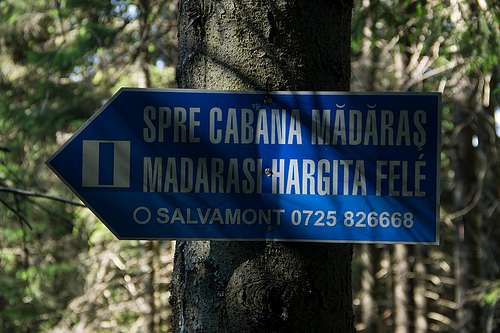
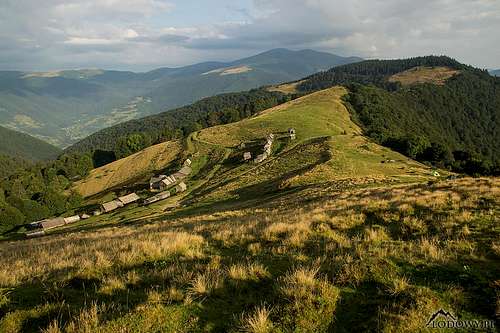
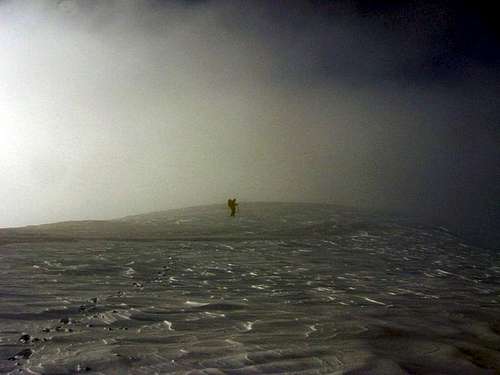
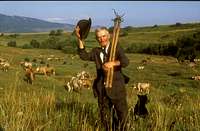



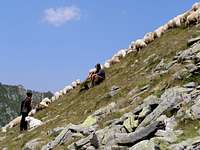



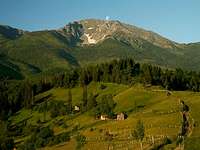

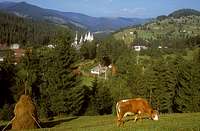




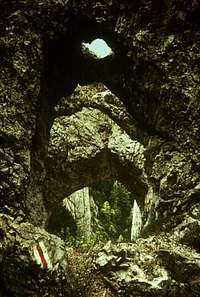


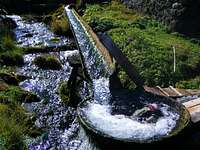

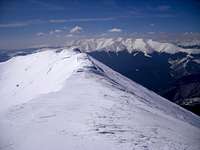


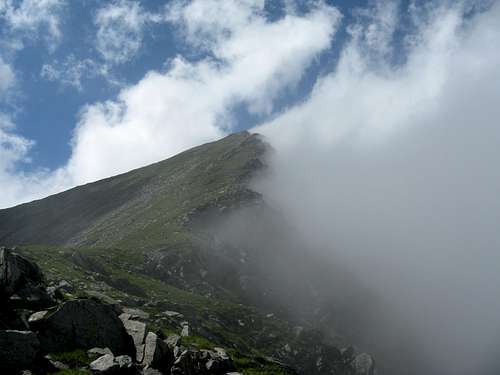
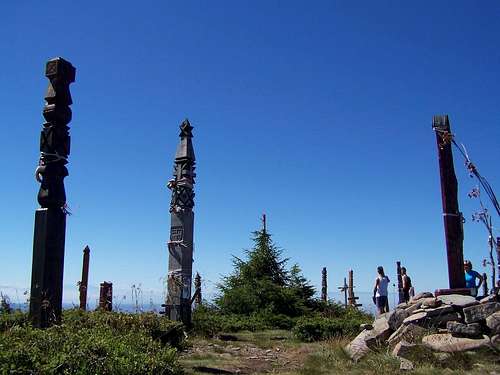
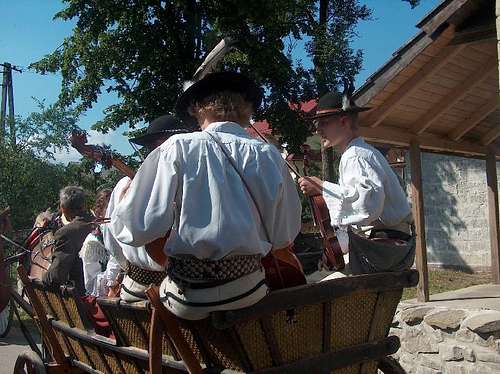
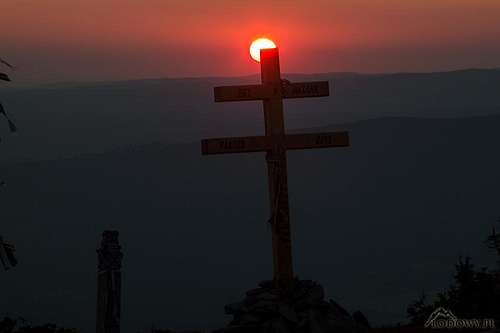







Comments
Post a Comment